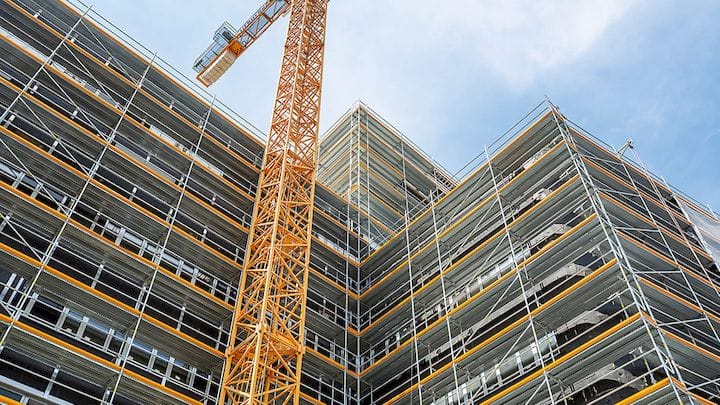![Concrete formworks on a construction site [Source: PERI Group]](https://fabbaloo.com/wp-content/uploads/2020/05/image-asset_img_5eb0a3048c7ac.jpg)
I’m reading a press release about another investment in a construction 3D printing company and had a thought.
The press release was from Copenhagen-based COBOD International, the firm recently formed to market the concrete construction 3D printer developed by 3D Printhuset. The release describes a significant investment in the new company by German construction firm PERI Group. They say it was a “ a significant minority stake in Danish COBOD International”, which I would guess would be something between 10 and 40% of the company’s shares. The amount of investment was not revealed.
That’s great news for COBOD International, whose CEO, Henrik Lund-Nielsen, said:
“We are very proud that PERI decided to invest in us. This will really strengthen our company going forward. PERI has followed 3D construction printing intensively for several years. We are therefore extremely proud and pleased that they ended up concluding that we were the best company to invest in. PERI is globally the leading supplier of formwork for the construction industry and we are the leading supplier of equipment for automatic/3D printing of concrete. Together we represent the best of the existing technology and the best of the new”.
But I think there is another signal in this investment.
Up to now virtually all of the construction 3D printing activity has been centered on the concept of “3D printing a house in 24 hours”, sometimes with the “for developing countries” added in for added attraction. I’ve been very skeptical of this marketing angle.
That formula seems to have attracted investment into sometimes shady construction 3D printer companies from unfortunate investors, usually from the Middle East for some unexplained reason.
The PERI Group investment seems to be quite different from those, and not only because it’s from a well-known and smoothly operating large German firm.
It’s the nature of that firm. PERI Group is in the construction business to be sure, but only a particular aspect of construction: formwork and scaffolding. Let’s set aside the scaffolding and focus on the formwork business.
Formwork is a mold for pouring concrete in building projects. Imagine having to pour a floor of a skyscraper under construction at a great height. You’d have to build a mold to accept the flowing wet concrete and let it set. Where do you get these “formworks” from, aside from making them yourself?
From PERI Group. The image at top is from one of their projects.
They provide not only floor formworks, but all manner of aids to assist in the production of concrete structures. Their product page lists items such as “Grid element slab formwork”, “Articulated water circular formwork”, or “Column formwork”.
Their purpose is to help clients build concrete structures.
Concrete structures are what construction 3D printers actually do (as in, they don’t “3D print homes in 24 hours”).
Do you see the connection here?
The PERI Group investment seems very sensible and strategic. They could, in theory, offer an entirely new approach for their numerous worldwide clients to build concrete structures. It may be more economical in some cases, perhaps not in others. But nevertheless, they will no doubt have clients that could make use of the construction 3D printer technology.
This is a very smart move by COBOD International.











COBOD’s BOD2 construction 3D printer seems to be catching on as the company has made multiple sales of the new device.